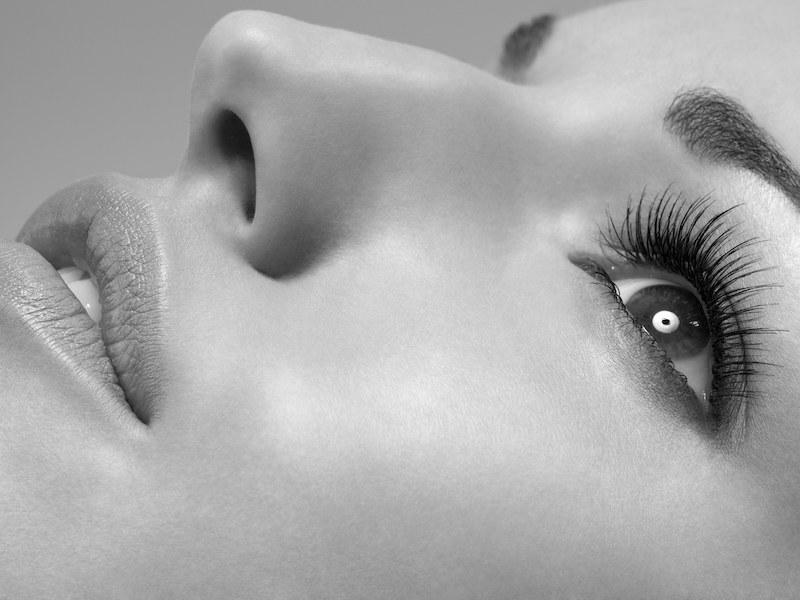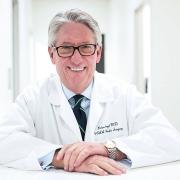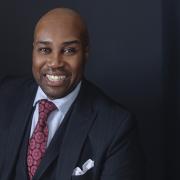Hello! I had breast augmentation 3 weeks ago.
In the second week I see that one of my breasts is bigger than other. Is that normal?
My second question is - are my breasts going to get bigger in the bottom after they drop and fluff?
Aesthetic Society member surgeons are available to answer your questions about cosmetic plastic surgery and aesthetic medical procedures. Get the expert answers you need from trusted board-certified surgeons!







If the breasts were symmetrical immediately following your surgery and now one is larger than the other, then there is likely a fluid accumulation around one of the the implants. This could be either serum or blood. If the breast is under tension or continues to enlarge, then your doctor may have to deal with it surgically. If not, the fluid will likely resorb and the breasts will become similar. However, there is an increased chance of a capsular contracture in the affected breast if the fluid were blood.
Yes, breasts tend to 'bottom out' over 6-12 months following augmentation.